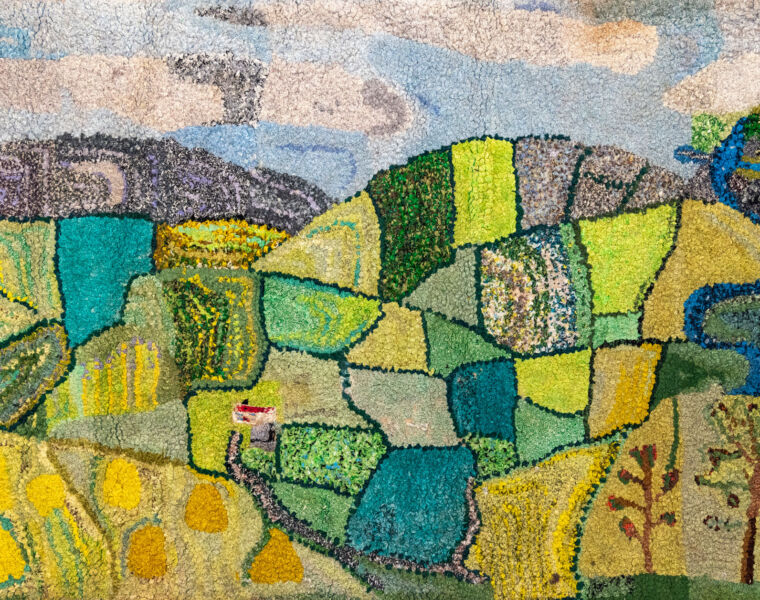 After two first showings at the Château de Prangins and the Louvre in Paris, the exceptional retrospective dedicated to the horological art of Abraham-Louis Breguet (1747-1823) is now being hosted by the Swiss National Museum in Zurich. The exhibition entitled «A.-L. Breguet. How watchmaking conquered the world» will be held from October 6th 2011 to January 8th 2012.
After two first showings at the Château de Prangins and the Louvre in Paris, the exceptional retrospective dedicated to the horological art of Abraham-Louis Breguet (1747-1823) is now being hosted by the Swiss National Museum in Zurich. The exhibition entitled «A.-L. Breguet. How watchmaking conquered the world» will be held from October 6th 2011 to January 8th 2012.
The exhibition organised by the Swiss National Museum in Zurich is dedicated to the life and work of Abraham-Louis Breguet, often considered the greatest horologer of all time. Born in 1747 in Neuchâtel, Switzerland, Breguet settled in Paris where he opened a workshop on the Quai de l’Horloge on the Ile de la Cité. His reputation soon gained him favour among a prestigious clientele throughout Europe and beyond. Not only was he a brilliant watchmaker, but also an astute businessman. Among his most eminent customers were the Bonaparte family, King George IV of England and Tsar Alexander 1st. The retrospective provides a chronological presentation of over 170 pocket-watches, marine chronometers, portraits and drawings executed to illustrate the patent requests intended to protect some of his most important inventions. There are also a number of historical  documents, including the famous manuscripts acquired in May 2010 by Montres Breguet, which are revealed for the very first time to the eager gaze of horology enthusiasts.
documents, including the famous manuscripts acquired in May 2010 by Montres Breguet, which are revealed for the very first time to the eager gaze of horology enthusiasts.
This remarkable exhibition stems from close collaboration between the Swiss National Museum, Montres Breguet SA, and the Louvre. Montres Breguet has provided the organisers with most of the creations presented, while other inestimably precious items have been loaned by museums and institutions in France, England, Russia and Switzerland, and the famous clock acquired in 1798 by Napoleon Bonaparte before his Egyptian campaign comes from the collections of the Swiss National Museum itself. Along with other timepieces created by A.-L.
Breguet, it is beautifully highlighted within this unique ensemble of watches and objects brought together for the first time on the occasion of this exceptional retrospective.
 During the exhibition, the public will enjoy a chance to observe artisans from the Manufacture Breguet in the actual exercise of their craft. Seated at their workbench, an engraver, a beveller, a guilloché-work expert and a cameo engraver will perform the time-honoured gestures of their respective specialities. Guillochage, or hand-engraving on a rose engine, is an ornamental dial decoration technique introduced by A.-L. Breguet in 1786 and still used to this day.
During the exhibition, the public will enjoy a chance to observe artisans from the Manufacture Breguet in the actual exercise of their craft. Seated at their workbench, an engraver, a beveller, a guilloché-work expert and a cameo engraver will perform the time-honoured gestures of their respective specialities. Guillochage, or hand-engraving on a rose engine, is an ornamental dial decoration technique introduced by A.-L. Breguet in 1786 and still used to this day.
These demonstrations will take place between 1.30 and 4.30 pm on three Sundays – October 30th, November 13th and December 4th.
The joint commissioners of the exhibition were Nicole Minder and Christine Keller in conjunction with Emmanuel Breguet, the historian in charge of the Montres Breguet archives and antique watch collections. Through his contribution to the= cycle of lectures dedicated to the museum’s exhibitions, his enthusiasm and his broad knowledge will give visitors a unique opportunity to discover the watchmaking universe of A.-L. Breguet.




You must be logged in to post a comment.